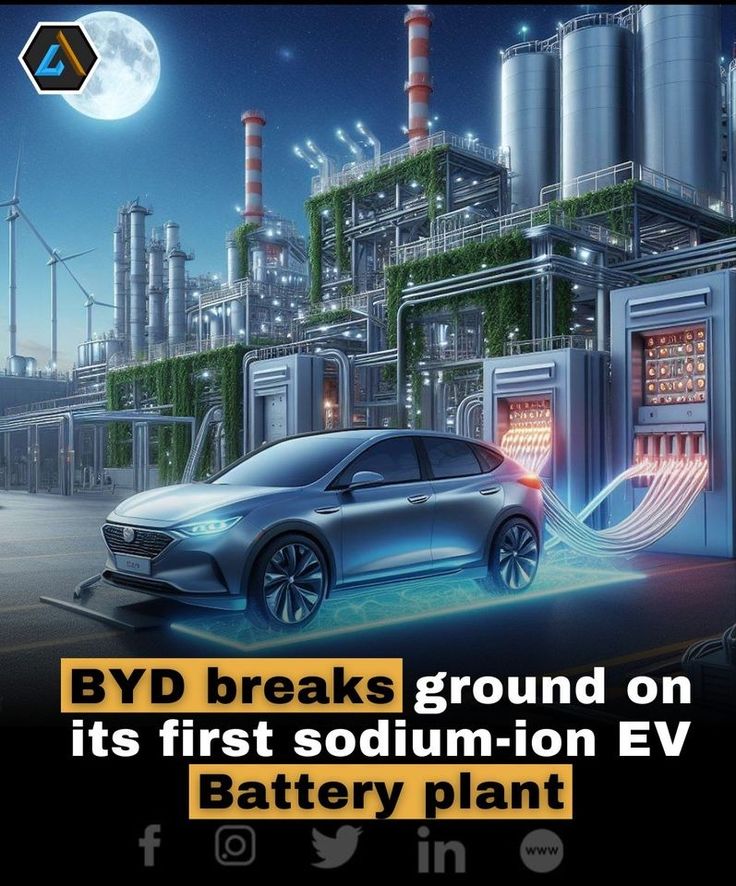Electric vehicles (EVs) have transformed from niche products into mainstream options in today’s automotive market. With advancements in battery technology, charging infrastructure, and design, today’s generation of EV vehicles is more capable, accessible, and appealing than ever before. Here’s an in-depth look at the current state of electric vehicles and why they represent the future of transportation.
The Rise of Electric Vehicles
The shift towards EVs is driven by several factors, including environmental concerns, technological advancements, and changing consumer preferences. Governments and manufacturers are increasingly prioritizing sustainability, leading to stricter emissions regulations and investments in green technology. As a result, EV adoption has surged, with nearly every major automaker offering electric or hybrid models.
Key Features of Today’s EVs
Improved Battery Technology: Modern EVs are equipped with advanced lithium-ion batteries that offer greater energy density, faster charging times, and longer ranges. Many of today’s electric vehicles can travel over 300 miles on a single charge, addressing one of the biggest concerns – range anxiety.
Faster Charging Infrastructure: Public and private investments in EV charging infrastructure have led to the development of fast chargers that can recharge an EV’s battery to 80% capacity in as little as 30 minutes. Networks of charging stations are rapidly expanding, making long-distance travel in an electric vehicle more convenient.
Enhanced Performance: Electric vehicles are no longer just eco-friendly alternatives; they offer impressive performance as well. Instant torque from electric motors means EVs can accelerate rapidly, and many models boast competitive power and speed. Performance-focused EVs like the Tesla Model S Plaid and the Porsche Taycan demonstrate that electric vehicles can match or exceed the capabilities of traditional gas-powered sports cars.
Sleek and Innovative Design: Today’s generation of EVs features cutting-edge design both inside and out. From futuristic exteriors to minimalistic and high-tech interiors, EVs are pushing the boundaries of automotive design. Automakers are leveraging the flexibility of electric platforms to create roomier cabins and more creative designs.
Advanced Technology Integration: EVs are at the forefront of technological innovation. They come equipped with advanced infotainment systems, over-the-air software updates, autonomous driving capabilities, and various driver-assist features. Many EVs are also designed to integrate seamlessly with smart home systems, allowing for remote charging management and other connected features.
Lower Maintenance Costs: EVs have fewer moving parts compared to traditional combustion engine vehicles, which means lower maintenance costs. There are no oil changes, fewer brake replacements due to regenerative braking systems, and fewer components that can break or wear out.
The Variety of EVs Available
Fully Electric Vehicles (BEVs): Battery Electric Vehicles (BEVs) are fully electric and powered solely by electricity. They do not have internal combustion engines, and they rely entirely on rechargeable batteries. Popular models include the Tesla Model 3, Ford Mustang Mach-E, and the Chevrolet Bolt.
Plug-In Hybrid Electric Vehicles (PHEVs): PHEVs combine a smaller internal combustion engine with an electric motor and battery. They can be driven on electricity alone for a limited range before the gas engine takes over. Popular PHEVs include the Toyota Prius Prime and the Volvo XC90 Recharge.
Hybrid Electric Vehicles (HEVs): HEVs use a combination of an internal combustion engine and electric power, but unlike PHEVs, they cannot be plugged in. Instead, the battery is charged through regenerative braking and the engine. Popular hybrid models include the Toyota Prius and Honda Accord Hybrid.
Luxury and Performance EVs: Automakers like Tesla, Lucid Motors, Rivian, and Porsche are pushing the boundaries of luxury and performance in the EV market. These vehicles offer premium features, cutting-edge technology, and extraordinary performance metrics that rival or surpass their gasoline-powered counterparts.
The Future of Electric Vehicles
Increased Range and Affordability: Battery technology is continuing to evolve, with solid-state batteries on the horizon promising higher energy density, faster charging, and longer life. As these technologies become commercially viable, EV ranges will increase while prices decrease, making them more accessible to the average consumer.
Self-Driving Capabilities: The integration of autonomous driving technology is one of the most exciting aspects of the future of EVs. Many manufacturers are working on advanced driver-assistance systems (ADAS) that could eventually lead to fully autonomous vehicles.
Energy Efficiency and Sustainability: As EV production scales up, manufacturers are focusing on sustainability throughout the entire lifecycle of the vehicle. This includes using recycled materials in vehicle construction, reducing the carbon footprint of manufacturing, and recycling batteries at the end of their life.
Wireless Charging and Smart Grids: Innovations such as wireless charging could eliminate the need for plug-in chargers, allowing EVs to charge automatically when parked. Additionally, smart grids are being developed to optimize energy use, allowing EVs to interact with renewable energy sources and help balance electricity demand.












